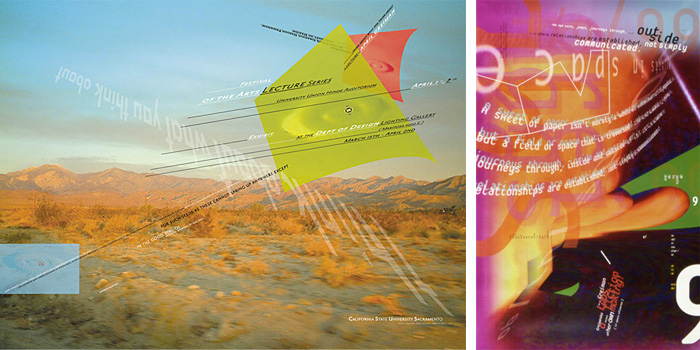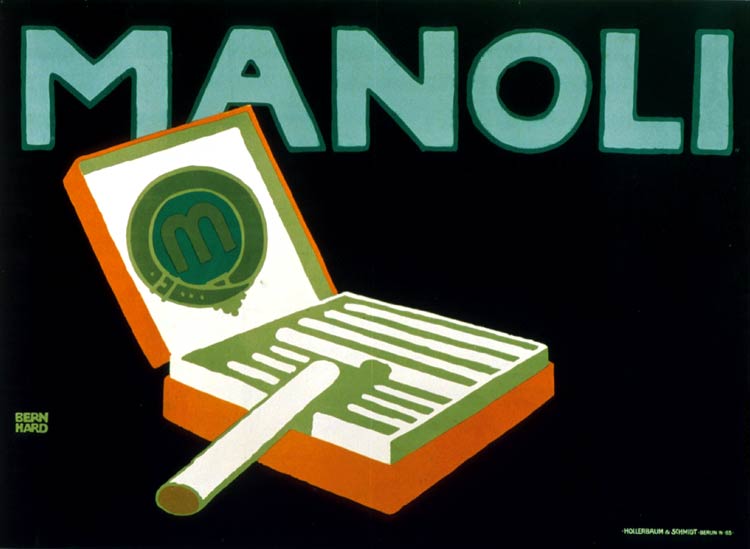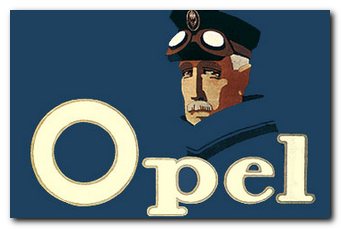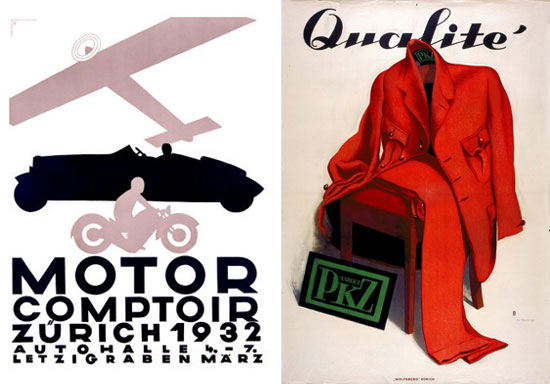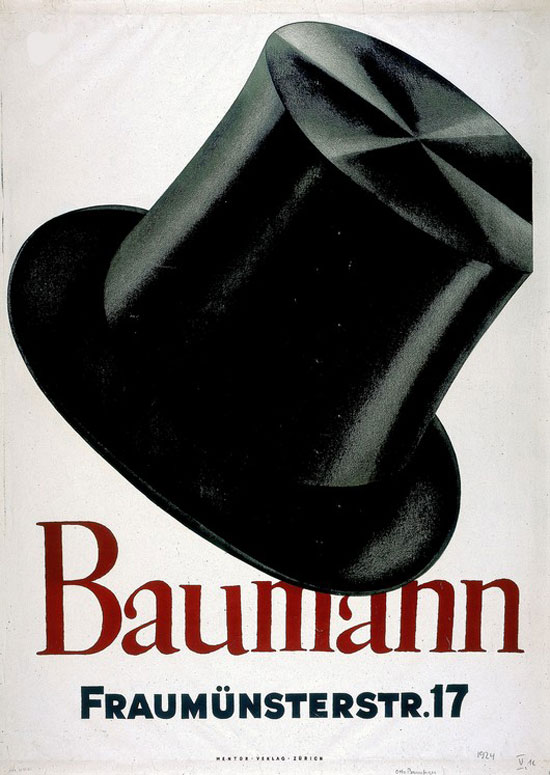Postmodernism is a movement that started as rejection to the international or the modernist style. Though post means after in this case it means opposed of modern. If modernism meant realty, rationality and perfection, postmodernism was fiction, denial of presence, and mistakes (Hoffmann, 2005,36). They believed that everything we know and even us are results of an error (from modernism to postmodernism an anthology, 2003, 10). That why they deliberately made mistakes in their designs.
Who started postmodernism was the generation that was raised by TV, because it opened their mind to the world and to a different way of thinking (Albright, 1985, 169). They adopted historical styles that was rejected by modernist and presented them in a new sprit (Albright, 1985, 169, Eskilson, 2007, 338). They also sometimes used many styles in one design that may not be consistent, combined them together, then presented them in unusual way.
From its beginning until now postmodernism had passed through stages until it reached its maturity. During the 60s until the mid of 70s a style had presented postmodern among youth and pop fans in the US and the UK. It is called the psychedelic art after a drug that was used by youth at that time. It was clear in their posters that they were influenced by art nouveau and the dada more than any other style (Eskilson, 2007, 338). They loved fiction and dreamy-like illustrations that gives the feeling of being on drugs (Albright, 1985, 169).
(fig.1) by Victor Moscoso
This poster is a good example for the psychedelic style. Like any other psychedelic posters it is characterized with its vivid, bright colors and contrast between those colors, and unrealistic illustrations.
Another type of postmodernism is the postmodernism of resistance or postmodernism of reaction (Sinfield, 1989, 294). This type of design was mainly targeting social and political issues. Designers wanted to draw attention to crimes that were made by society (Sinfield, 1989, 294).
During the 1980s postmodern had reached its maturity mostly because of the appearance of computers (Albright, 1985, 169). Designers could easily experiment with their designs and develop new typefaces that competed with Helvetica, the international style favorite typeface. Designers like Weingart and Brody were the ones who made postmodernism well known (Eskilson, 2007, 352). Those designers had put rolls and academic experiments to postmodernism that transformed it to a new stage. It became, unlike the Dada, a controlled disorder, and the mistakes they made were deliberated ones (Eskilson, 2007, 353). Even with those rolls postmodernist were open to each personal style (Eskilson, 2007, 353).
(fig.1) by April Greiman
This poster shows how much postmodernism has developed since the 60s. Greiman has fallowed the movement’s character by using different typefaces and paste them to overlap randomly with the background.
References
Albright, T. (1985). Art in San Francisco Bay Area 1945-1980: An Illustrated History. USA: University of California Press.
Eskilson, S. (2007). Graphic Design: A New History. USA: Yale University Press.
From Modernism to Postmodernism: an Anthology. (2003). Lawrence Cahoone. Blackwell Publishing.
Hoffmann, G. (2005). From Modernism to Postmodernism, Concepts and strategies of Postmodernism American Fiction. Theo D’hean, Hans Bertens. USA, New York: Editions Rodopi.
Sinfield, A. (1989). Literature, politics, and culture in postwar Britain. USA: University of California Press.

